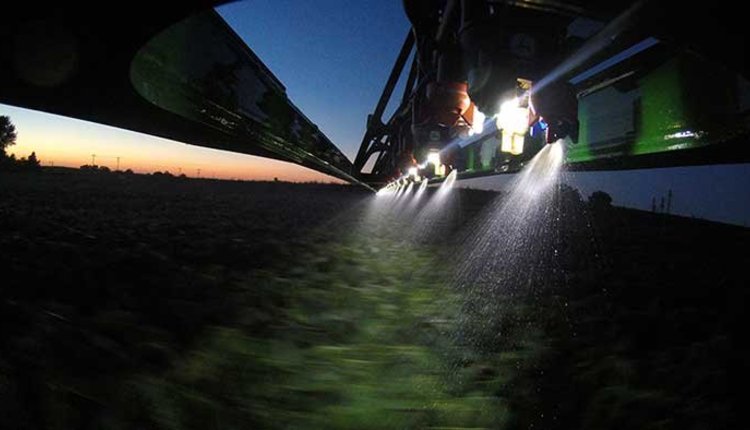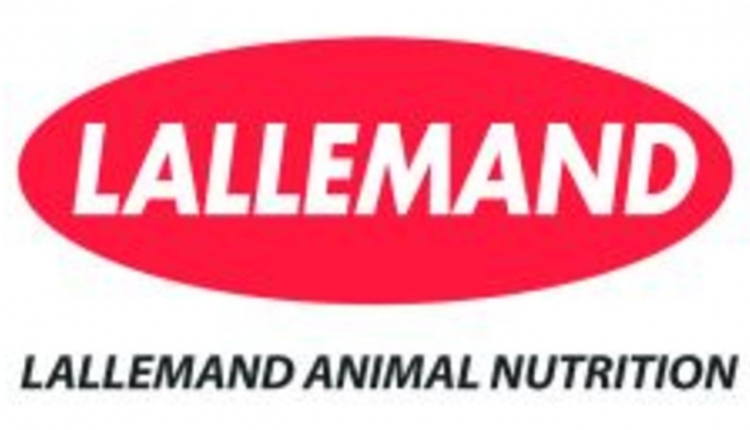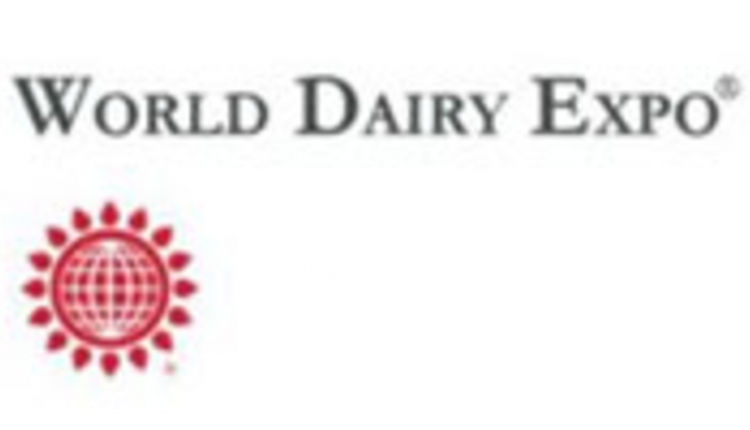Focusing on gut health may help cattle producers find replacements for in-feed antibiotics now that the Veterinary Feed Directive (VFD) is in place.
"Some producers may be looking to avoid dealing with VFDs entirely," says Kerry Barling, DVM, Ph.D., Global Manager of Beef Technology, Lallemand Animal Nutrition. "For these producers, the time is right for thinking about proactively treating respiratory disease on multiple fronts - through vaccinations, management changes and improved gut health."
By 2017, the U.S. Food and Drug Administration (FDA) will require medically important antibiotics - those approved for use in both humans and animals - to be used in animals only under the order of a veterinarian. When producers incorporate specific medications into feed, the rate and timing must be based on a VFD issued by a licensed veterinarian. Producers will also be required to retain VFD records for two years.
Even though adding antibiotics to feed is now more cumbersome, rations are still a great opportunity to incorporate health products, Dr. Barling notes.
An easy, cost-effective additive - that is not regulated under a VFD - is a probiotic or direct-fed microbial (DFM). These natural products help tip the balance in favor of beneficial microbes in the gut. Supporting the dynamic and robust bacterial communities in the lower intestinal tract can naturally promote a positive systemic immune response within the animal. In turn, this positive response can act as a natural preventive to help reduce the need for treatment or even the use of on-arrival antibiotics.
One probiotic, Saccharomyces cerevisiae boulardii CNCM I-1079, has been proven to naturally activate cattle's immune response and decrease the need for treatment. In fact, S. c. boulardii CNCM I-1079 has been shown to improve cattle feed uptake, lower morbidity and lower mortality.1
In a study of cattle sourced from auction barns across the southeastern United States, cattle fed S. c. boulardii CNCM I-1079, had 39 percent fewer re-treatments for Bovine Respiratory Disease Complex (BRDC) as compared to controls.2
"Probiotics offer an alternative way to fight the battle against BRDC," Dr. Barling says. "In many respects, the lower gut powers the day-to-day immunity and health of any animal."
Active dry yeast probiotics like S. c. boulardii CNCM I-1079 can be fed to cattle before or during a period of known stress. Then, it is typically fed after arrival while cattle are adjusting to their new surroundings. In addition, S. c. boulardii CNCM I-1079 can be fed in conjunction with vaccination and either feed grade or injectable antibiotic treatment programs.
"Instead of thinking about treating disease, we can think about improving an animal's well-being so they're better prepared to fight off health challenges," he says. "Then, we reduce our losses on all fronts: losses from treatment expenses, costs from the additional labor required to pull and treat cattle, production declines and losses from mortality."
Lallemand Animal Nutrition is committed to optimizing animal performance and well-being with specific natural microbial product and service solutions. Using sound science, proven results and knowledge, Lallemand Animal Nutrition develops, manufactures and markets high value yeast and bacteria products ? including probiotics, silage inoculants and yeast derivatives. Lallemand offers a higher level of expertise, leadership and industry commitment with long-term and profitable solutions to move our partners Forward. Lallemand Animal Nutrition is Specific for your success. For more information, please visit www.lallemandanimalnutrition.com.
3.25.2016








